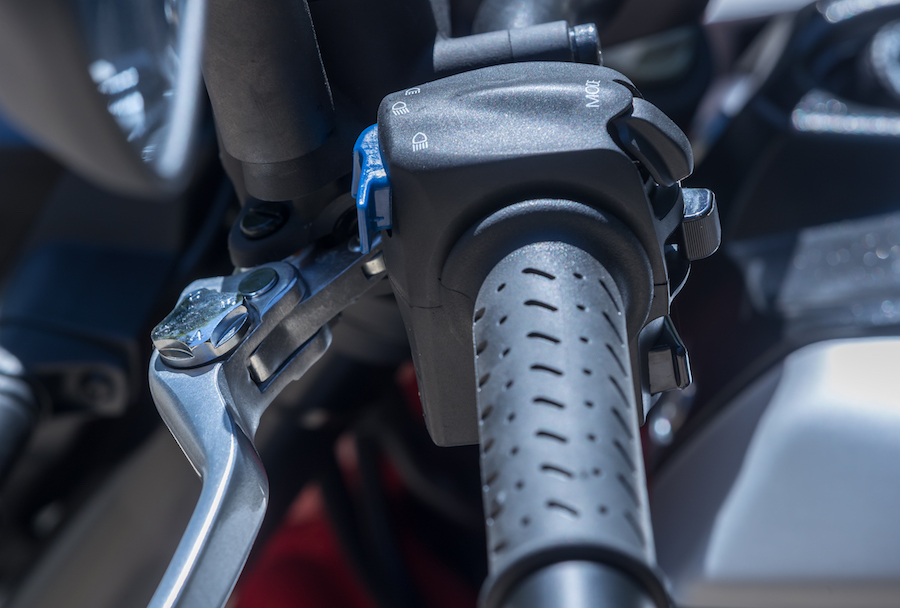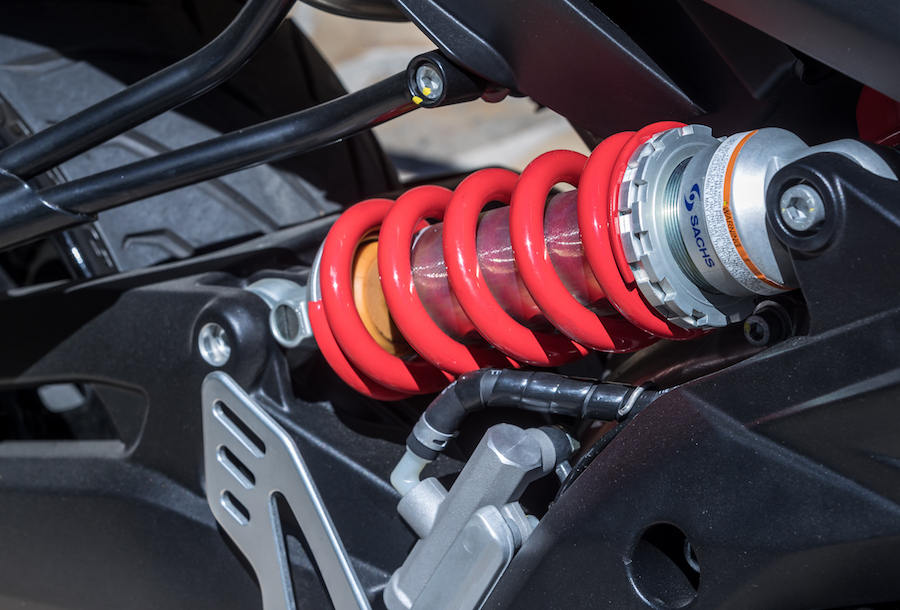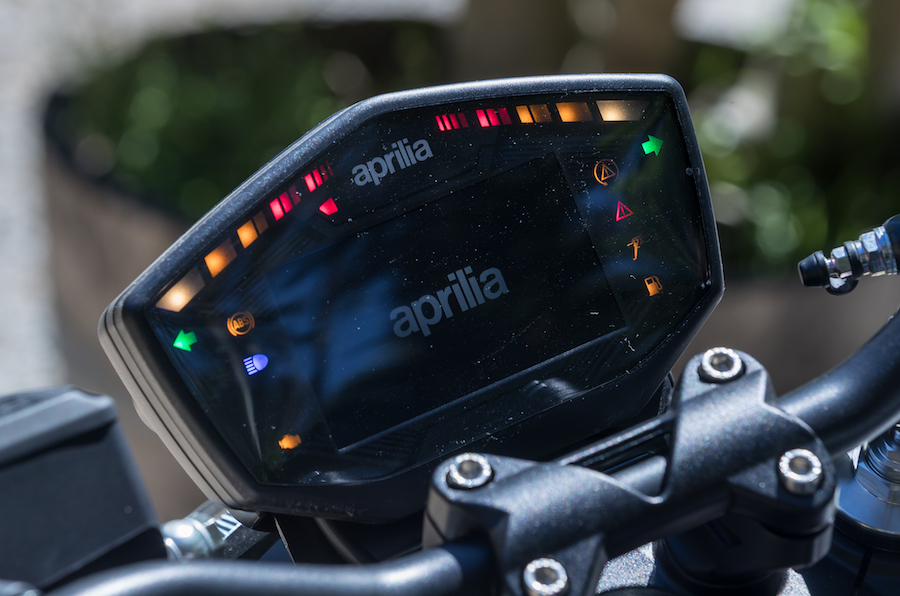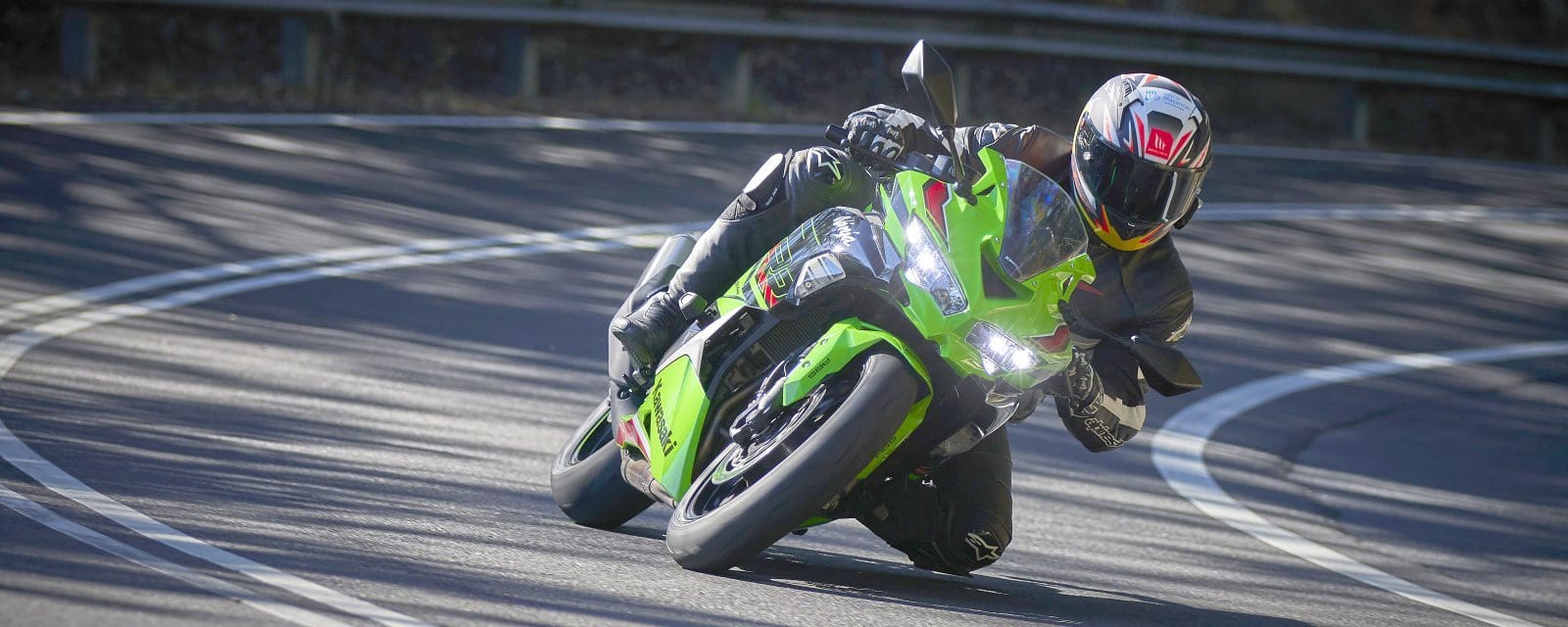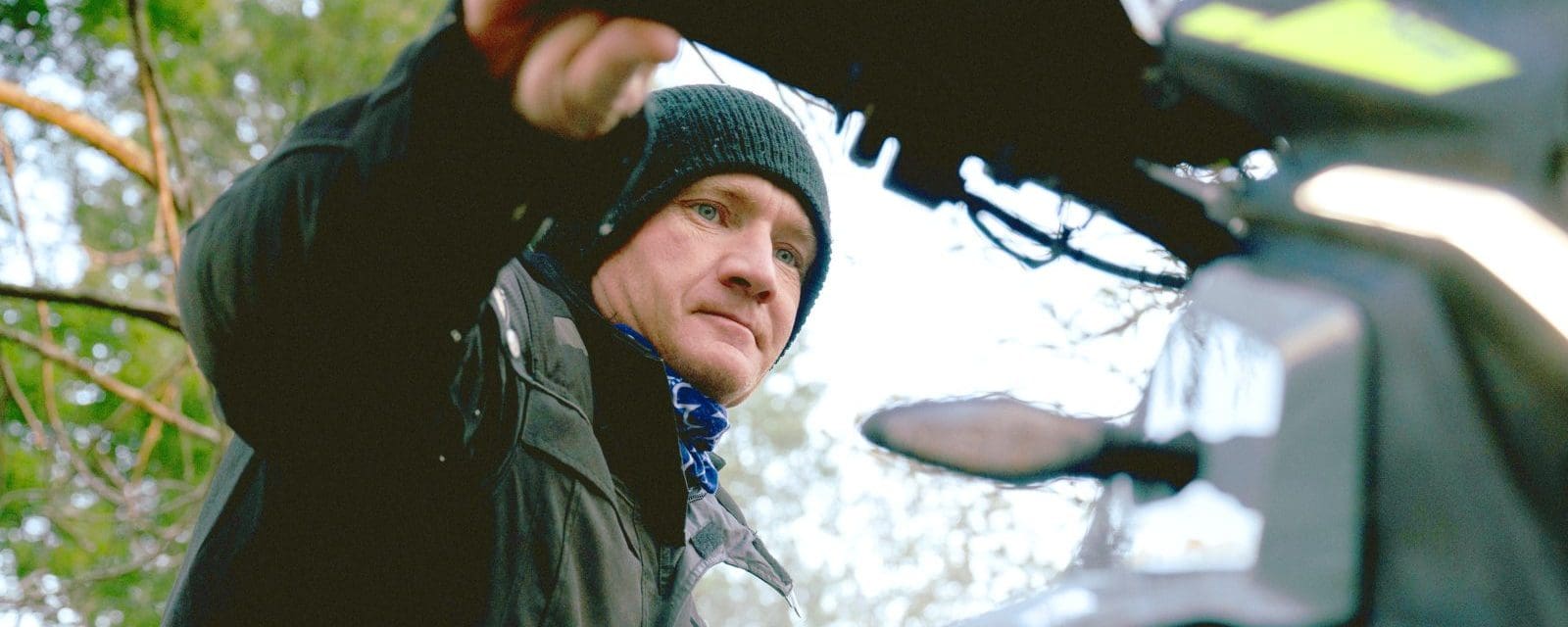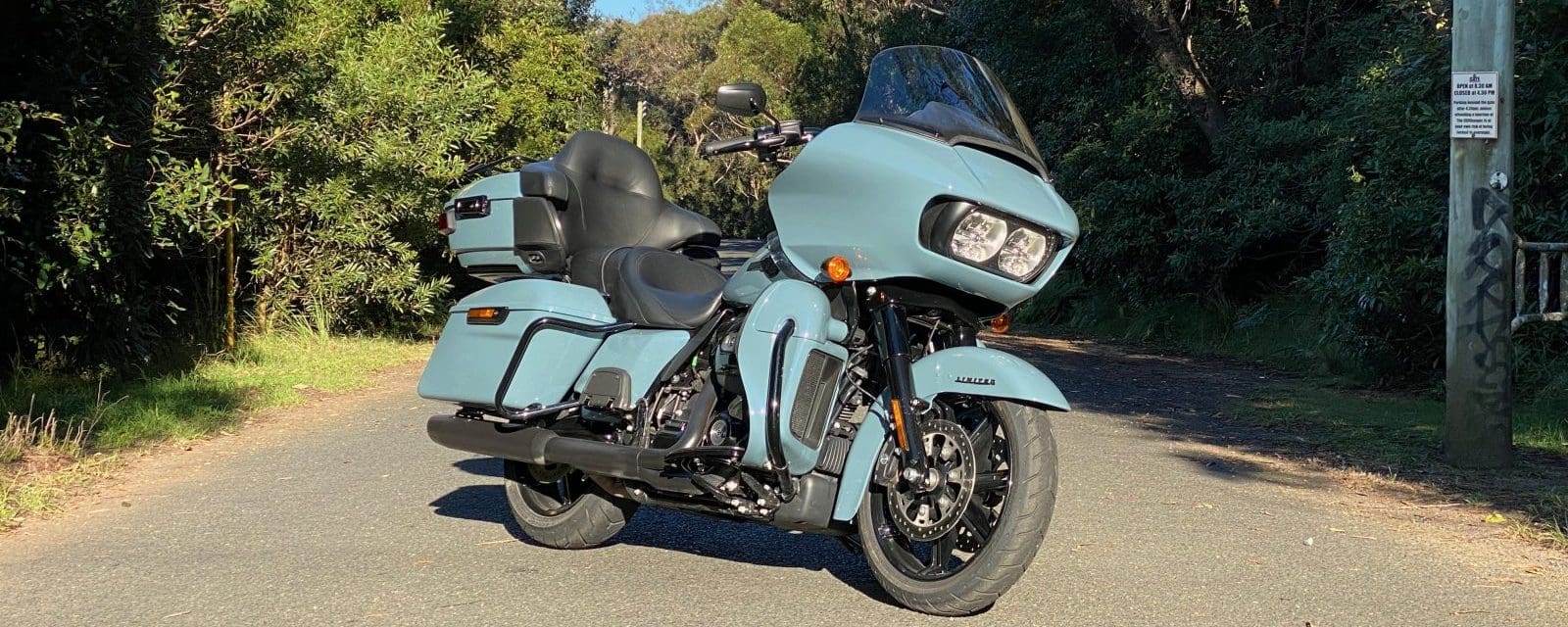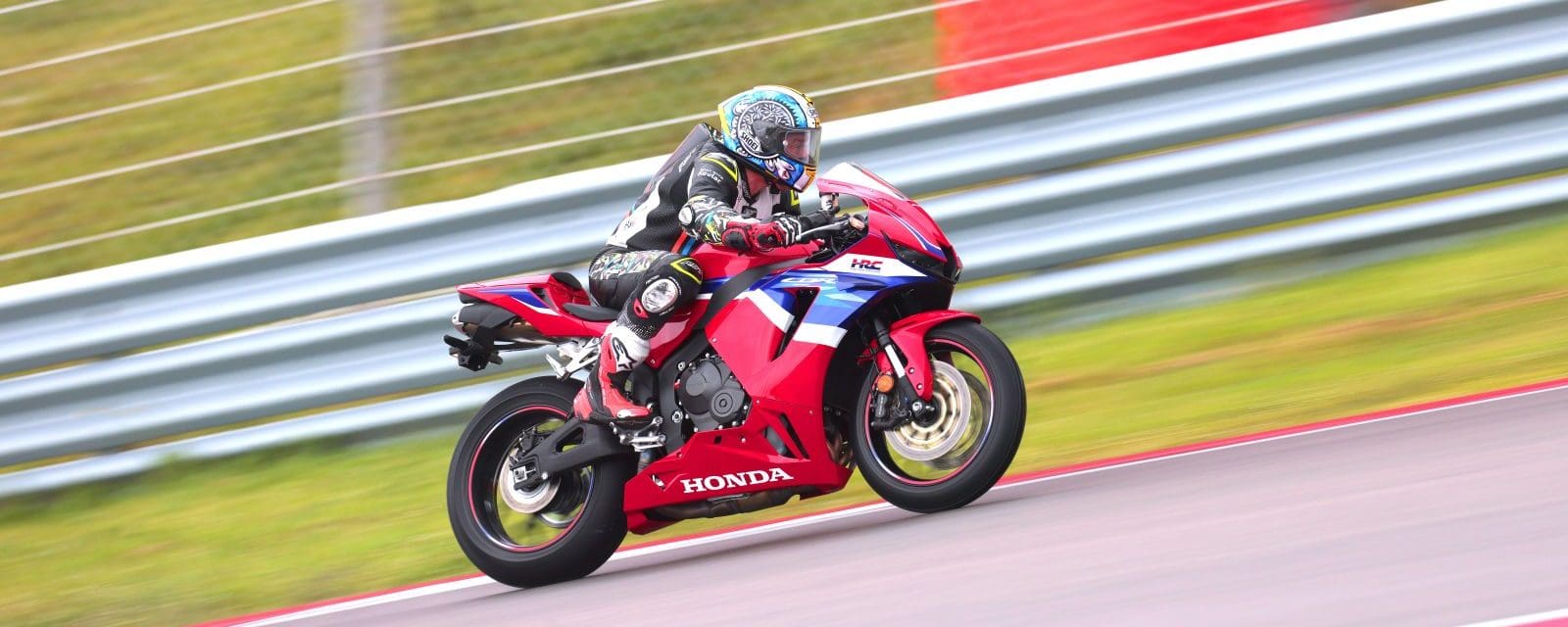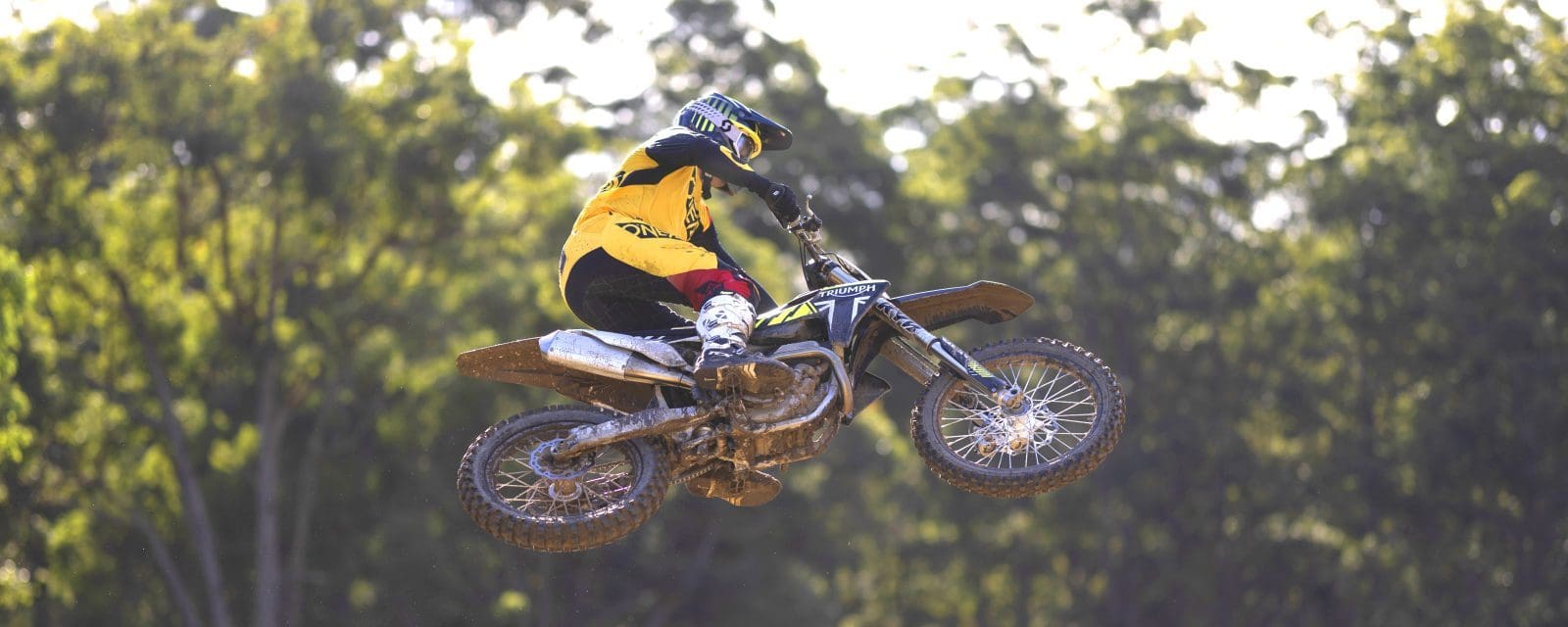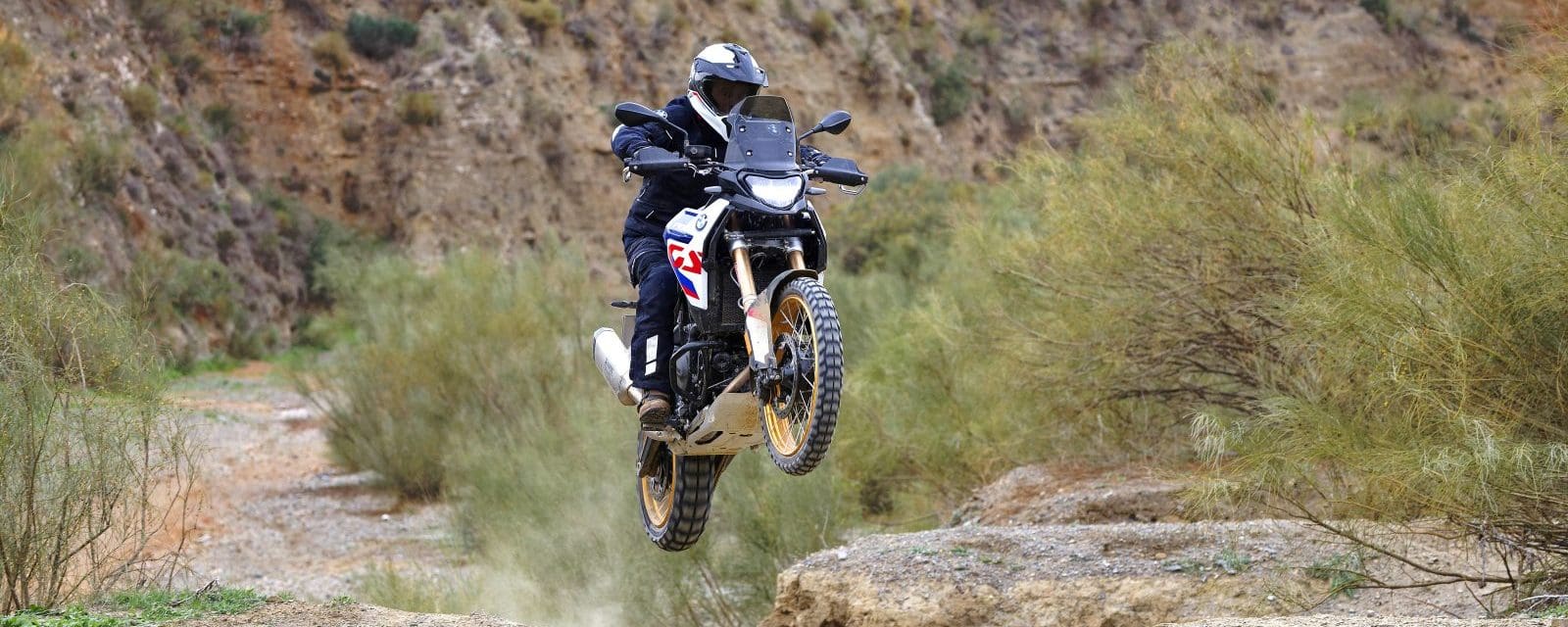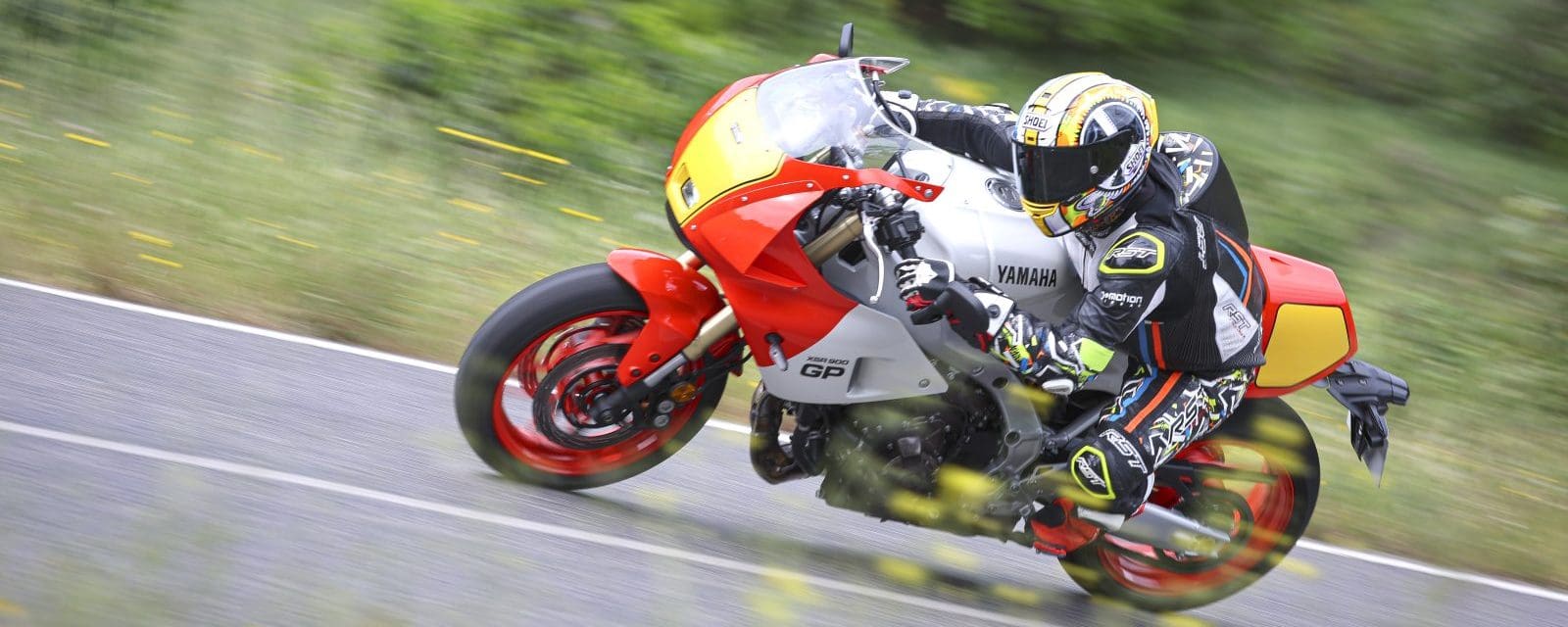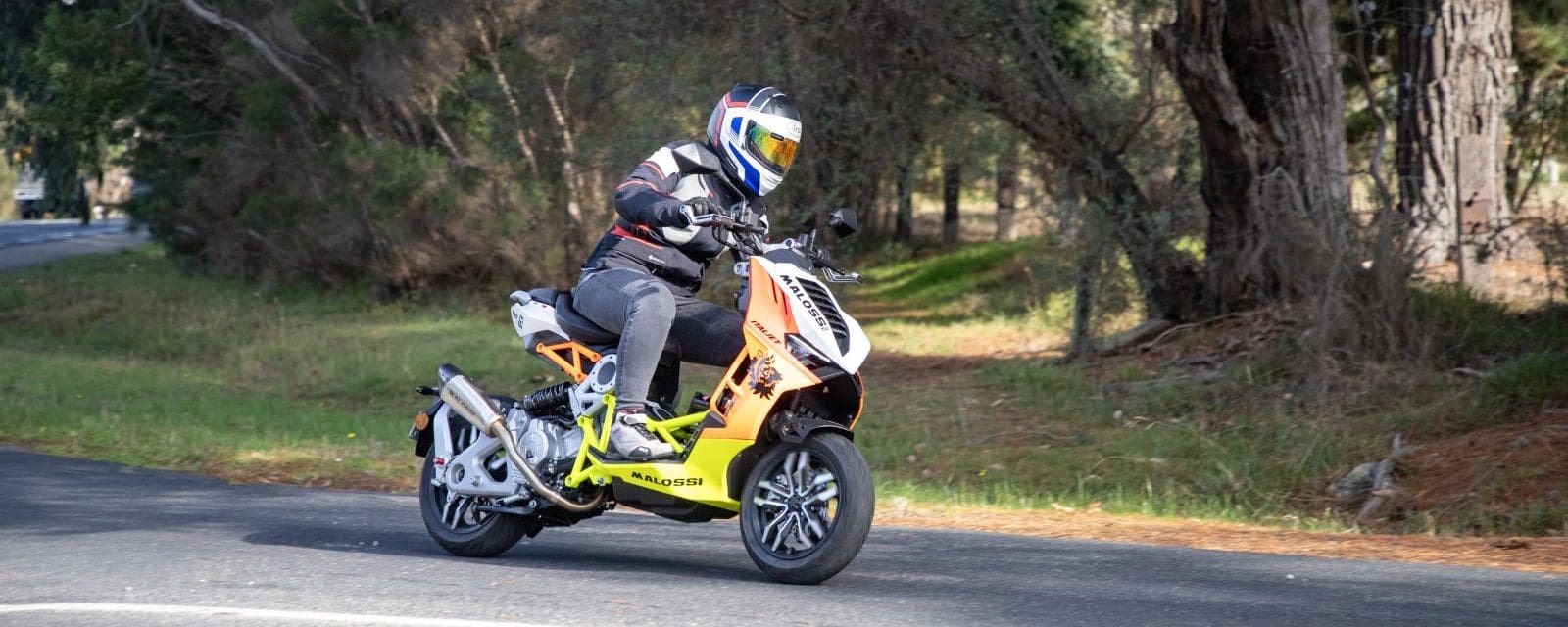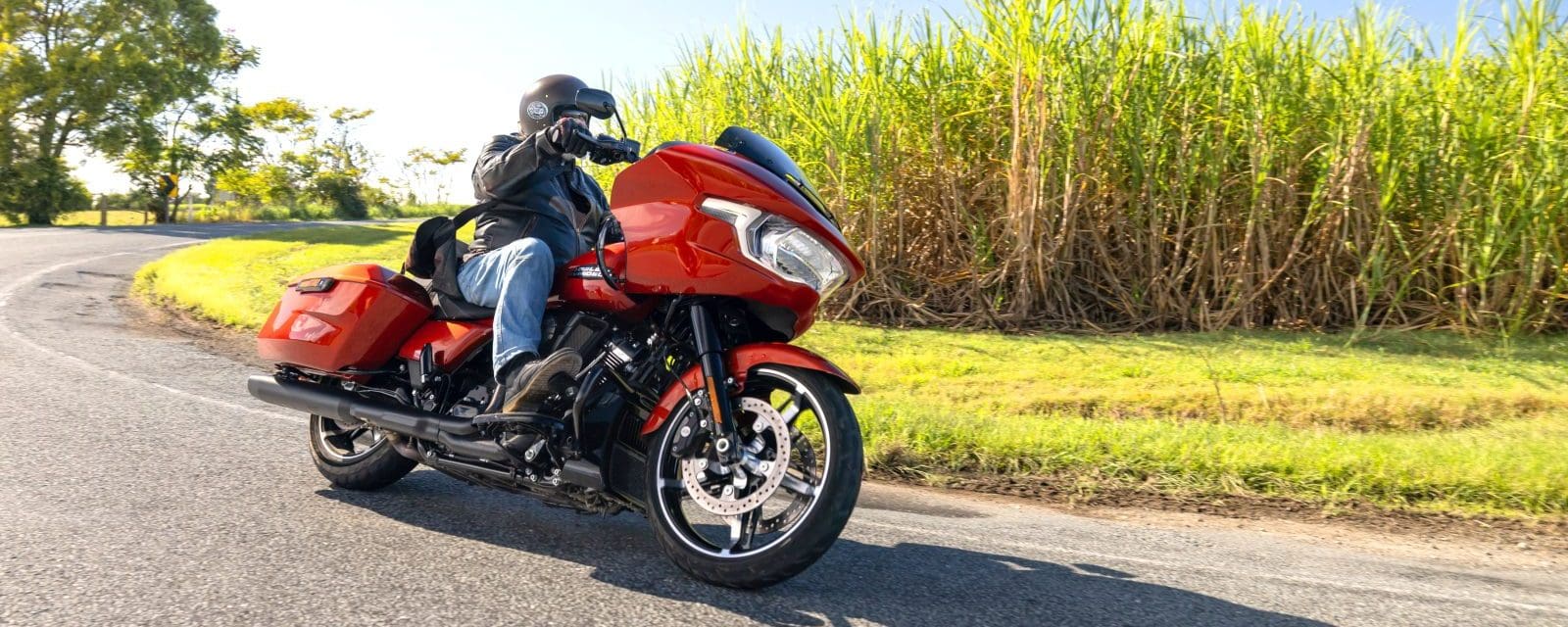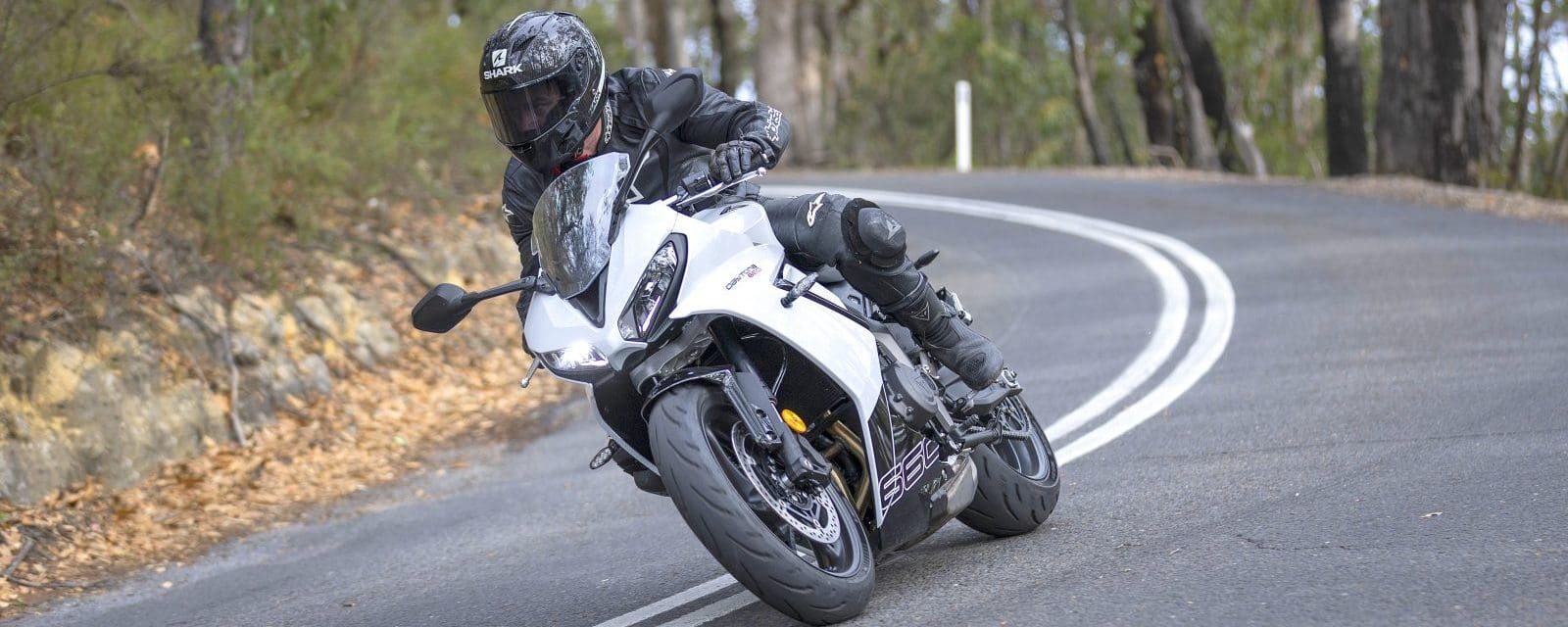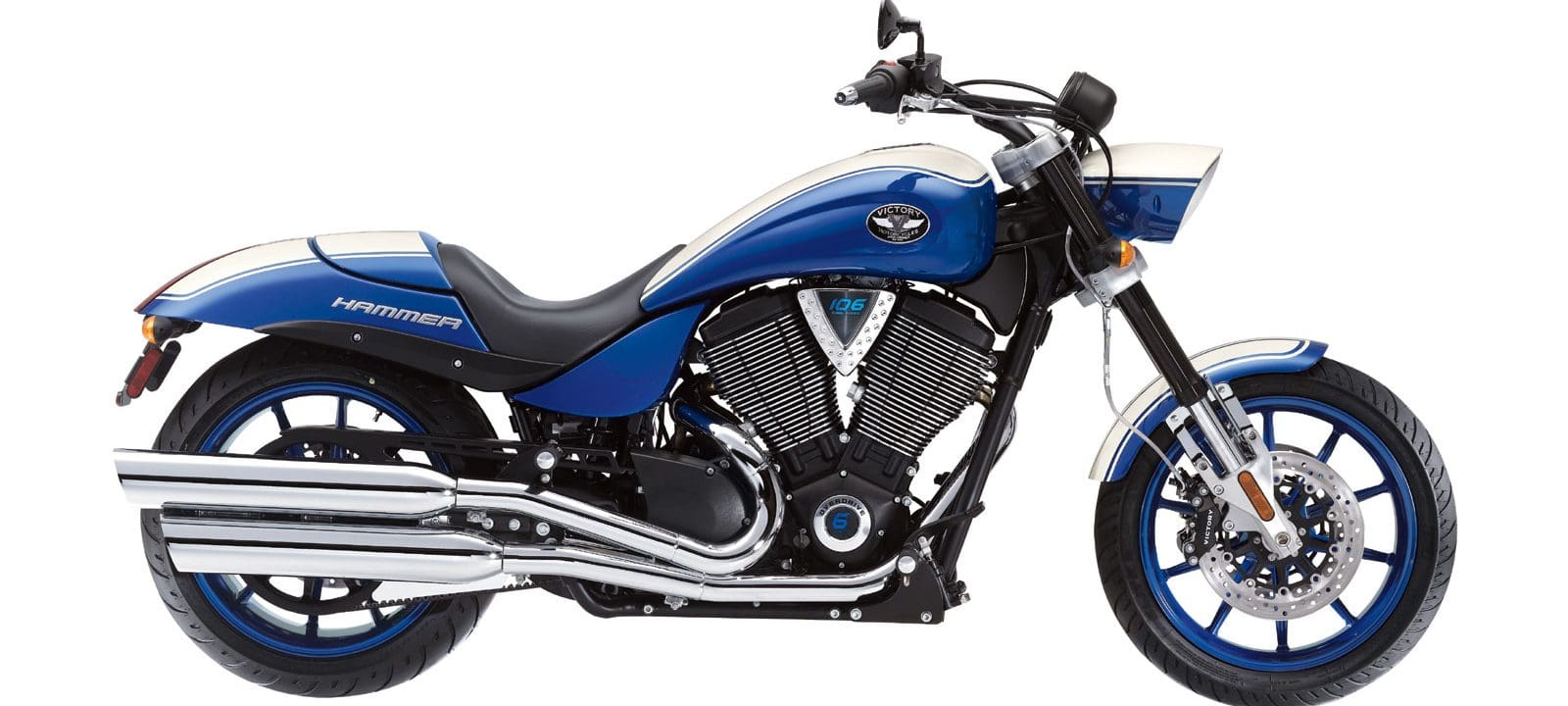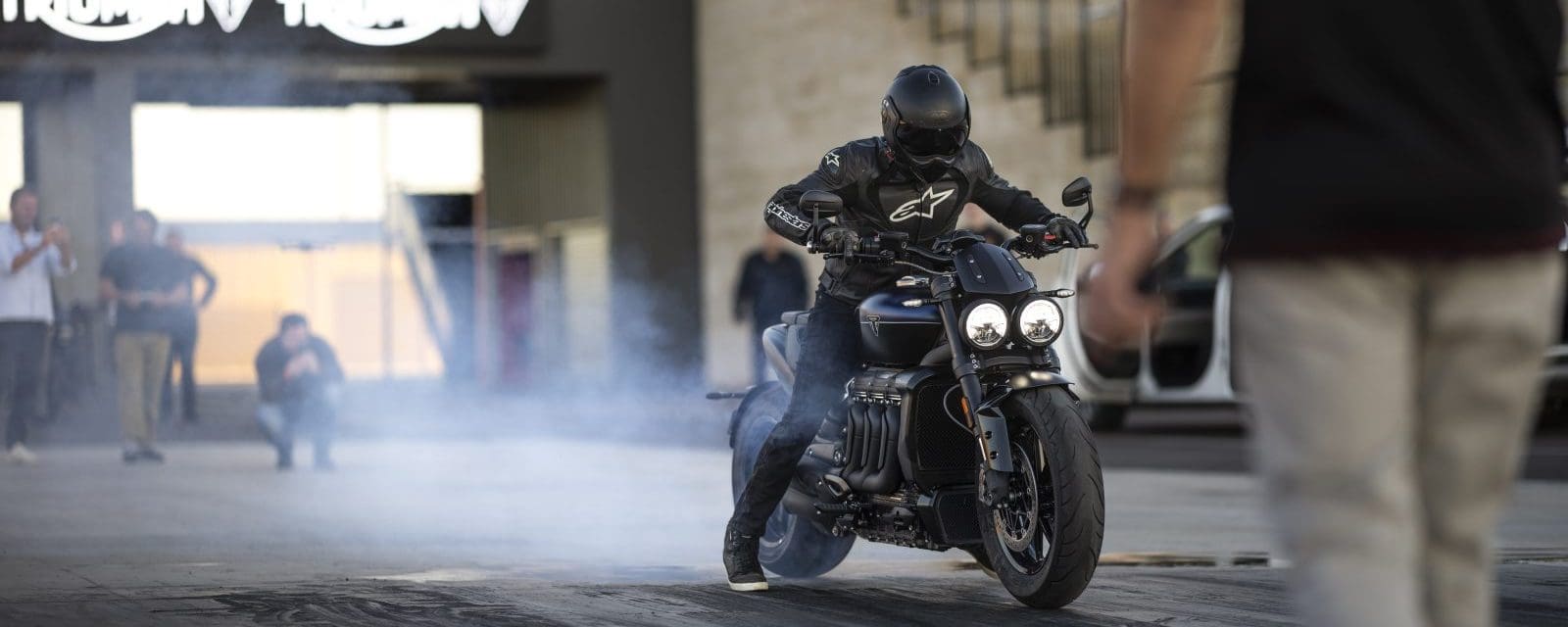V-twin power has always had a way of grabbing people’s attention. It’s a highly desirable quality worthy of being placed in any motorcycle, and there’s one country that dominates when it comes to celebrating that special mix of pleasure and thrills. I don’t know what secret power the Italians have when it comes to making V-twins but they are masters, with Ducati, Moto Guzzi and Aprilia offering them to a drooling public.
The Shiver is not a new model. It came onto the market in 2007, and at the time it was cutting edge, being one of the first roadbikes to sport a fly-by-wire throttle system.
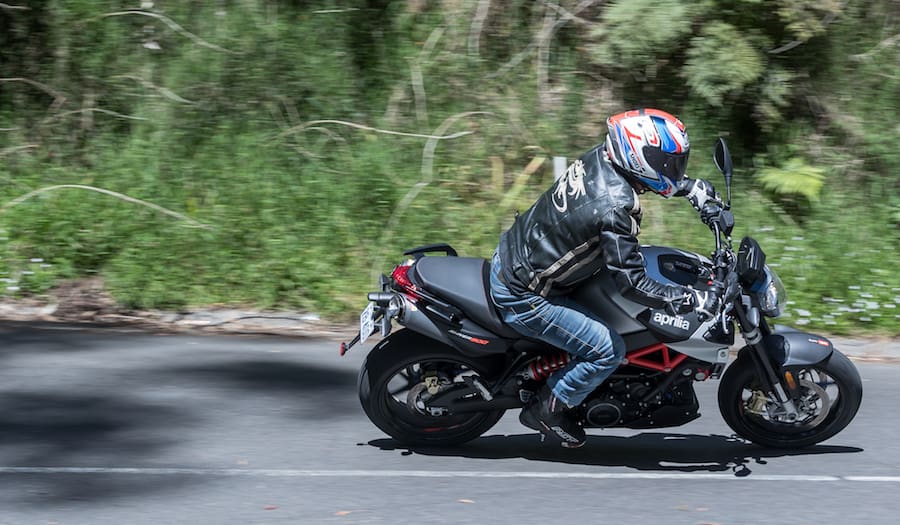
The 750 version of the Shiver has served Aprilia well, but to avoid this machine getting relegated to history, changes needed to happen. And they have – enter the new 900cc edition of the Shiver.
The naked Shiver 750 was designed as an all-round machine. It was a bike you could ride to work, travel on, or take for a Sunday ride. But while it was good for all those things, it lacked zap and its powerplant, although having the great undertones of a V-twin, was slightly dull. Thankfully the new 900 has seen a lot of changes, putting right the zap issues of the 750. And dull is no longer a word to associate with this new incarnation.
The biggest news for this year is the bigger capacity engine. The newly developed V90 is a longitudinal 90° V-twin that’s liquid cooled and sports a double overhead camshaft with a mixed gear/chain timing system for each individual cylinder. It’s the favoured four valves per cylinder that Aprilia has employed going back to its first dabble with big four-stroke machinery in the late 1990s, when it created the RSV 1000cc Mille.
The engine is now almost a full 900 at 896cc, and it is Euro 4 compliant. The extra capacity was achieved by increasing the length of the stroke by 11mm, and this was also the key to improving torque in the midrange, one of the main goals for the Aprilia engineers in the design phase.
Cooling and reducing friction was another priority, and various changes were made to keep temperatures down. The pistons were completely redesigned, a special anti-friction coating was added, and the wrist pins were lightened. These changes help the cooling as well as increasing power and economy. The balancing of the crankshaft was also revamped to suit the bigger capacity engine. Finally, a new and more efficient dry crankcase lubrication system was added to improve durability and aid the cooling process, which led to reduced power loss. The new system is deemed to be so efficient that an oil cooler is not necessary, keeping the design simpler.
The electronics have been upgraded thanks to a new Marelli 7SM ECU. It’s the same unit used on Aprilia’s premium RSV4 and Tuono models, and is a substantial improvement over the outgoing 750 item. This single electronic brain pulls all the information together from various sensors and keeps everything running sweet. It also controls the built-in safety systems such as ABS, traction control and the ride-by-wire system. The 750 needed two ECUs to do the same job, so once again the new bike wins for simplicity and quality.
Higher-spec fuel injectors have been added, and these not only help increase fuel pressure but also give a better fuel/air mixture, improving consumption and emissions.
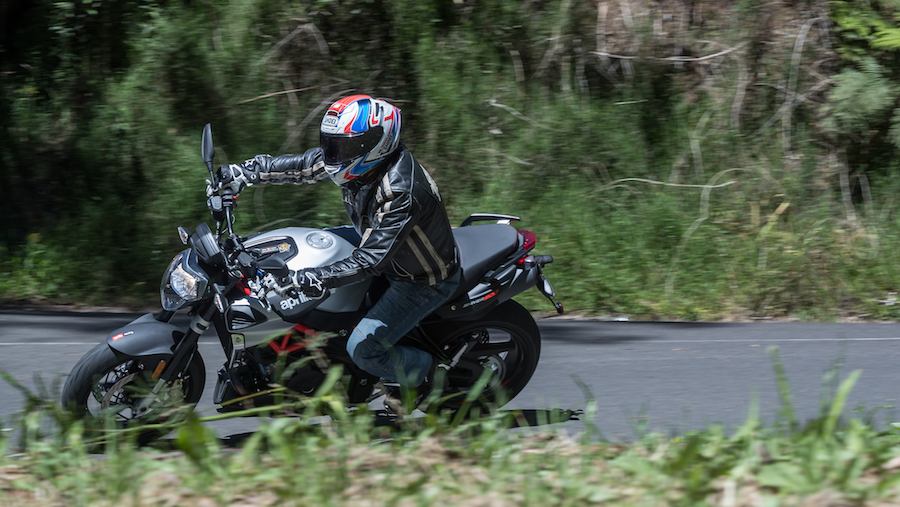
The exhaust has a built-in catalytic converter and is fitted with a double oxygen sensor, which keeps a careful eye on the burnt gasses and continually updates the ECU so it can adjust that mixture to keep everything running clean.
The Aprilia Shiver 900 engine is also fitted with an automatic decompressor, which makes it easier to start. This reduces the amount of cranking power needed to get the engine turning over and prevents stressing the starting system.
Rounding out the engine mods is an all-new clutch with lever pressure reduced by 15 per cent. At the same time the primary drive ratio has been changed to optimise the spinning speed of the gearbox to suit the 900’s power delivery.
The frame is unchanged from the 750 but the mixed steel trellis aluminium plate design was the fruits of years of racetrack prowess (and about 54 world titles of experience). It provides the basis of an extremely compact bike that is also stiff and lightweight.
Agility is one of the Shiver’s key characteristics, and this has been improved by positioning the rear shock laterally on the right-hand side of the motorcycle, allowing a lot more room behind the engine. This in turn made space for better-shaped exhaust manifolds and allowed the engineers to create the short wheelbase that would have been normally unobtainable with a linkage-style vertically mounted shock on a V-twin.
Frame and engine are an integral part of any bike, but the finishing touches on the 900 Shiver are first class. The instrument cluster is completely new and now has a large 4.3-inch TFT display – the same as the one used on the new RSV4 and Tuono 1100 V4.
We have previously tested both of these 1100s (Vol 67 No 03) and fell in love with the dash and its ability to give riders all the information they need to access, clearly and easily. It even has a sensor that reads the ambient light and adjusts the background and font colours accordingly.
It’s always hard to list out all the information available on modern dashes, because there is just so much, but you’ll find nearly everything you would expect here – rev counter, speedometer, gear indicator, coolant temperature, air temperature, selected engine map and clock as a base. Then you can toggle through the menus using the new mode button on the left switchblock and find an odometer, traction control level, ABS level, trip information, and distance to empty. There is a fuel light, but no fuel gauge. I would have liked one.
Smartphone connectivity is also available – just like on the Shiver’s bigger brothers – but it doesn’t come as standard.
Suspension has been revamped with a 41mm Kayaba front fork, which is a lighter unit than on the old 750. There’s also a new rear shock with rebound and preload adjustment.
Rounding out the package are new wheels that are also lighter than before, reducing the Shiver’s gyroscopic effect and making it sharper through tighter terrain.
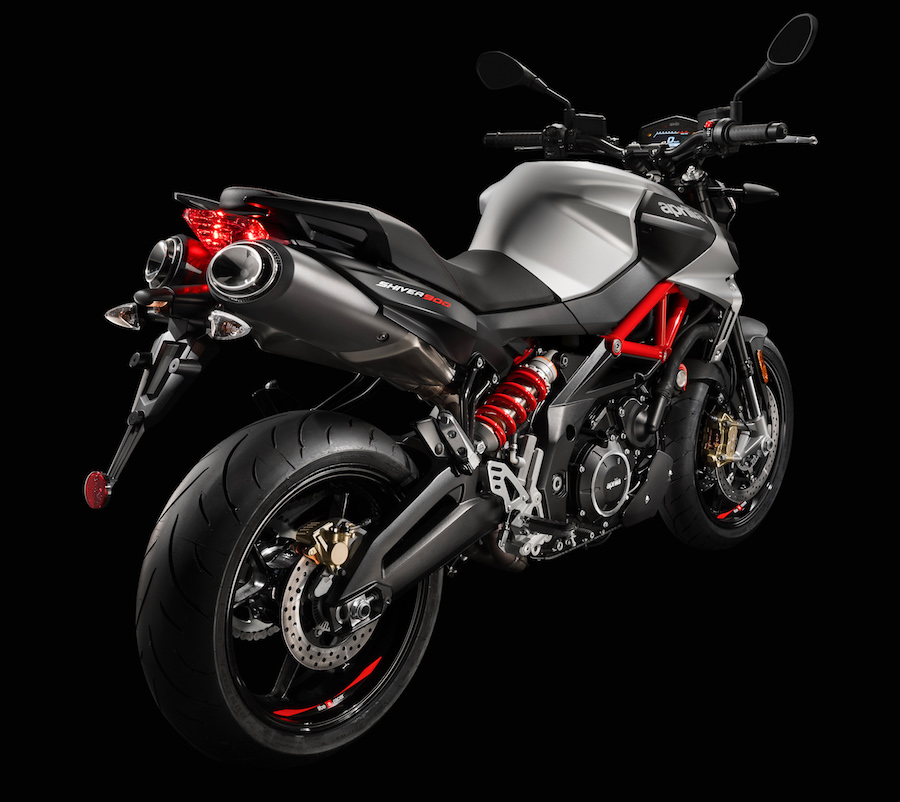
RIDING THE SHIVER
I wasn’t sure what to expect initially – the 750 Shiver had flown under my radar and, although I’d seen the odd one around, it was always in the periphery. More generally, I could never understand why people could ever want to buy a nakedbike with no protection from the weather, no fancy panels covering the engine, and a sit-up-and-beg seating position.
That was until I started to get a few different naked models to test. The rawness of it all, the wind hitting your body… it really does make you feel alive. Thankfully the 900 has all those attributes, and I started to click with it from the moment we hit the road.
It’s a great looking machine with an open stance that made me feel up high and in control.
I loved the seating position – it was very relaxed, and the rubber-topped pegs stopped any vibration coming through to my body. Thankfully, though, there’s still a touch of seat-of-the-pants vibration caused by the beating 90º V-twin engine that is part of the demeanour of any decent motorcycle. It’s not annoying in any way, it just lets you know that it’s ready and waiting for the next throttle input.
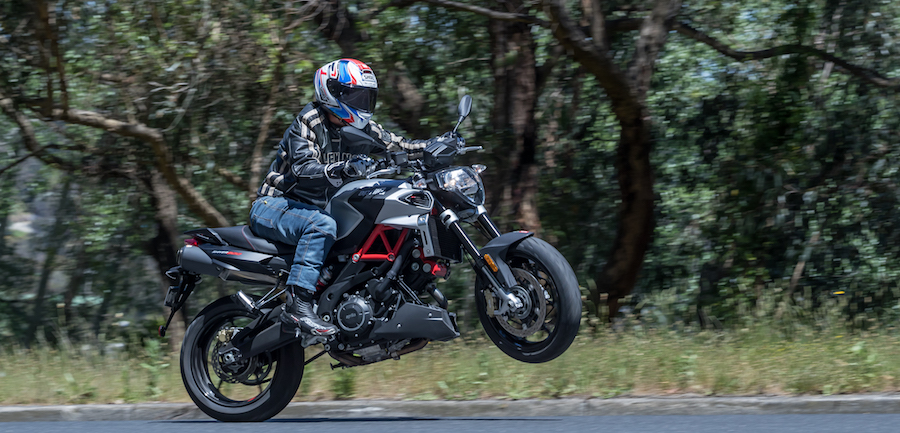
The throttle is still controlled by the fly-by-wire system introduced a decade ago, but instead of two ECU systems controlling it like on the old 750, a single Marelli system takes over duties, and that explains why the fuelling is so perfect.
It has three different maps – Sport, Tour and Rain – and there’s a noticeable difference between them all. The Rain mode reduces top-end horsepower to a maximum of 52kW while also smoothing the throttle right out. It’s not just useful for rain or slippery conditions, either. I quite enjoyed using it when I was chillaxing, just cruising along and enjoying the scenery.
Sport obviously livens everything up, gives full torque and the maximum 71kW to play with. It’s a very exciting bike to ride in this mode and is right at home in the twisties or even on the track.
I spent most of my time in Tour mode, which has full power, but thanks to the smart ride-by-wire system it keeps the delivery smooth and easy to use.
You can change maps on the fly, which is a big positive – it’s just a matter of hitting the starter button while you are riding.
The traction control system works well too, with three levels, from heavily subdued through to off, which is where all the fun happens. I loved the versatility and simplicity of the three TC modes because I think more than three is too many for the rider to be bothered about, and the big bonus is being able to turn it off if you want to go a bit crazy.
You can also switch off the two-channel ABS, though I never found the need. I didn’t get it actuating at all anyway, even when I was pressing on. The general throttle feeling and connection to the engine is rewarding, giving you the sensation you want: control.
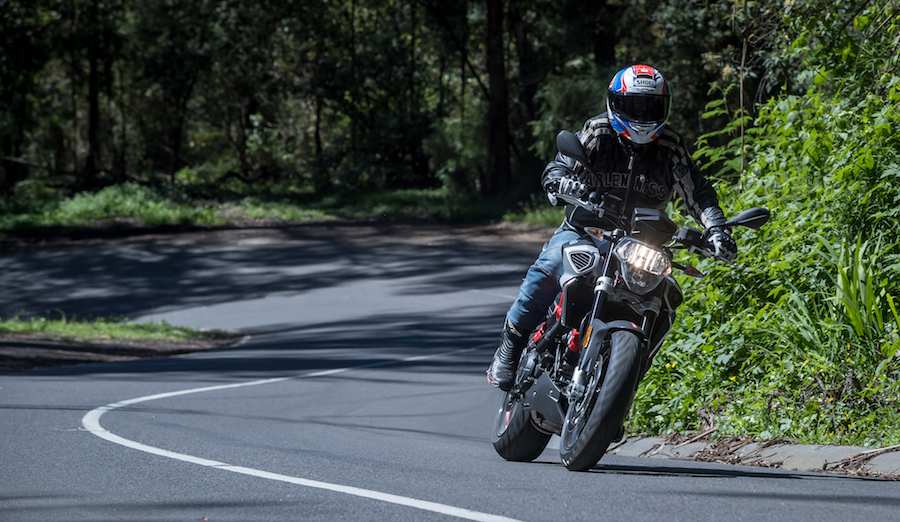
The engine is a little gem. It’s compact, looks neat, and most importantly it puts out a very nice spread of power. This V-twin segment is a tricky one, with manufacturers opting for more cubes to boost power, but the Shiver 900 is on the money. Its 71kW and 70Nm work well together in giving the bike ample useable and playful power.
But all that would be for nought if the rest of the package didn’t match. Fortunately the two-piece modular tubular steel frame fastened to a set of aluminium side plates meets the varying demands an owner will place on it. It keeps the rider sitting tall for vision and everyday traffic duties, but at the same time it supports the Sunday scratcher.
I loved the way the Shiver handled through the twisties. It egged me on and gave me confidence the more I pushed.
Pirelli Angel GT tyres offer great mileage and feel, but if it was my bike I’d opt for a set of stickier Corsas when the standard GTs wear out. While the GT is a great tyre, the Shiver loves to be ridden, and the next step up in grip would turn the rider’s already big smile into an even broader grin.
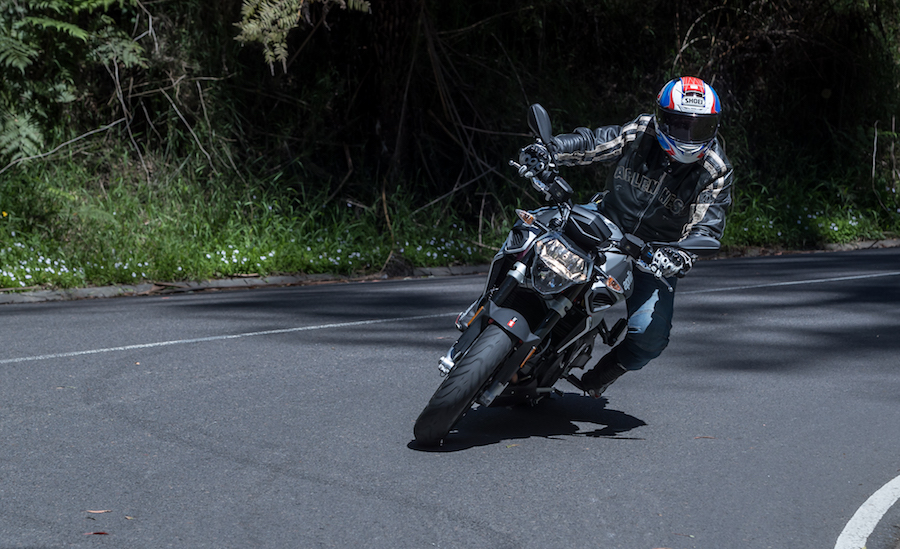
The suspension up front is covered by Kayaba and is a half kilo lighter than the 750 set-up. Although it’s not fully adjustable, you can play with rebound and preload. The neat trick is that you only need to adjust on the one side, which keeps it simple and reduces the chance messing it all up.
The rear shock is a non-linkage Sachs unit that is side-mounted to create more room for the rear cylinder’s exhaust manifold. The shock also comes with preload adjustment and a handy spanner under the seat just in case you decide to adjust it when you’re out. The only other rear adjustment is rebound, so the pilot doesn’t quite have a complete set of tricks to play with, but it’s enough to individualise the machine to rider preference.
As is usually the case nowadays, I thought from the outset that the base settings were fine and, unless I was going to put a pillion on the back or perhaps do a trackday, I would leave it as it comes from the factory.
The internal settings both front and rear work well, absorbing most bumps thrown at it. I was impressed with the suppleness and support offered by the standard items, and together they did an amazing job of tying the Shiver together.
I think the high seating position helped make the bike feel light on the change of direction, too, as I found tip-in just right and through tight switchbacks the bike held its line perfectly.
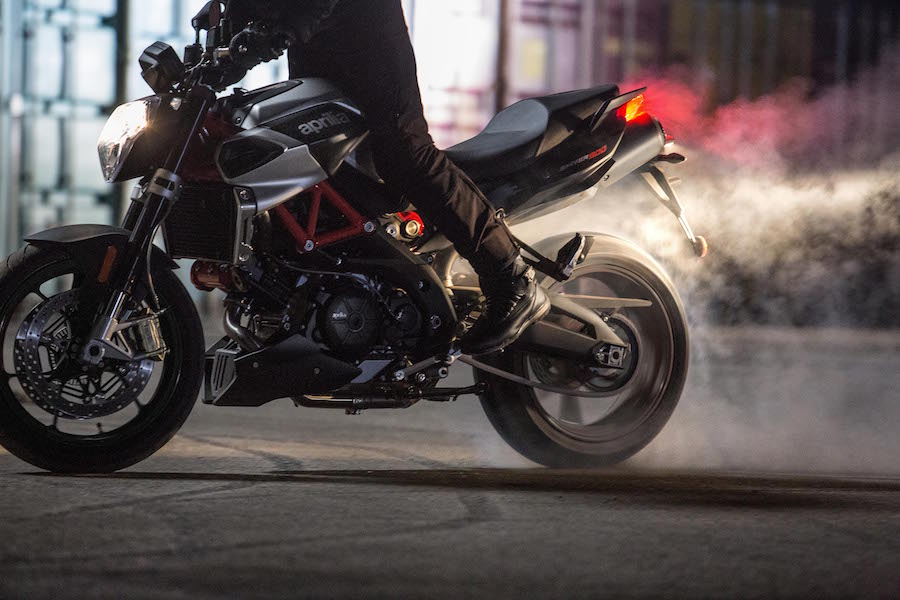
The Shiver 900 has ticked the boxes it needed to in order to give it a good injection of excitement and intrigue over the outgoing 750. Having lived with the new machine for a month, I found myself reaching for its keys more often than not, even when there was something more exotic hanging around the shed.
Like a new puppy, it did everything I asked while wanting to please me. And please me it did. I can’t put my finger on exactly what it is that grabbed my attention with this bike but, like I said at the start, the Italians have a way with motorcycles, a way of injecting passion without even trying.
The challenge for the importer will be getting people to ride this mighty little bike. But one thing’s for sure, if you do throw a leg over the Shiver, you won’t be disappointed.
As published AMCN Year Book Vol 67 No 12
TEST STEVE MARTIN
PHOTOGRAPHY MARK DADSWELL

